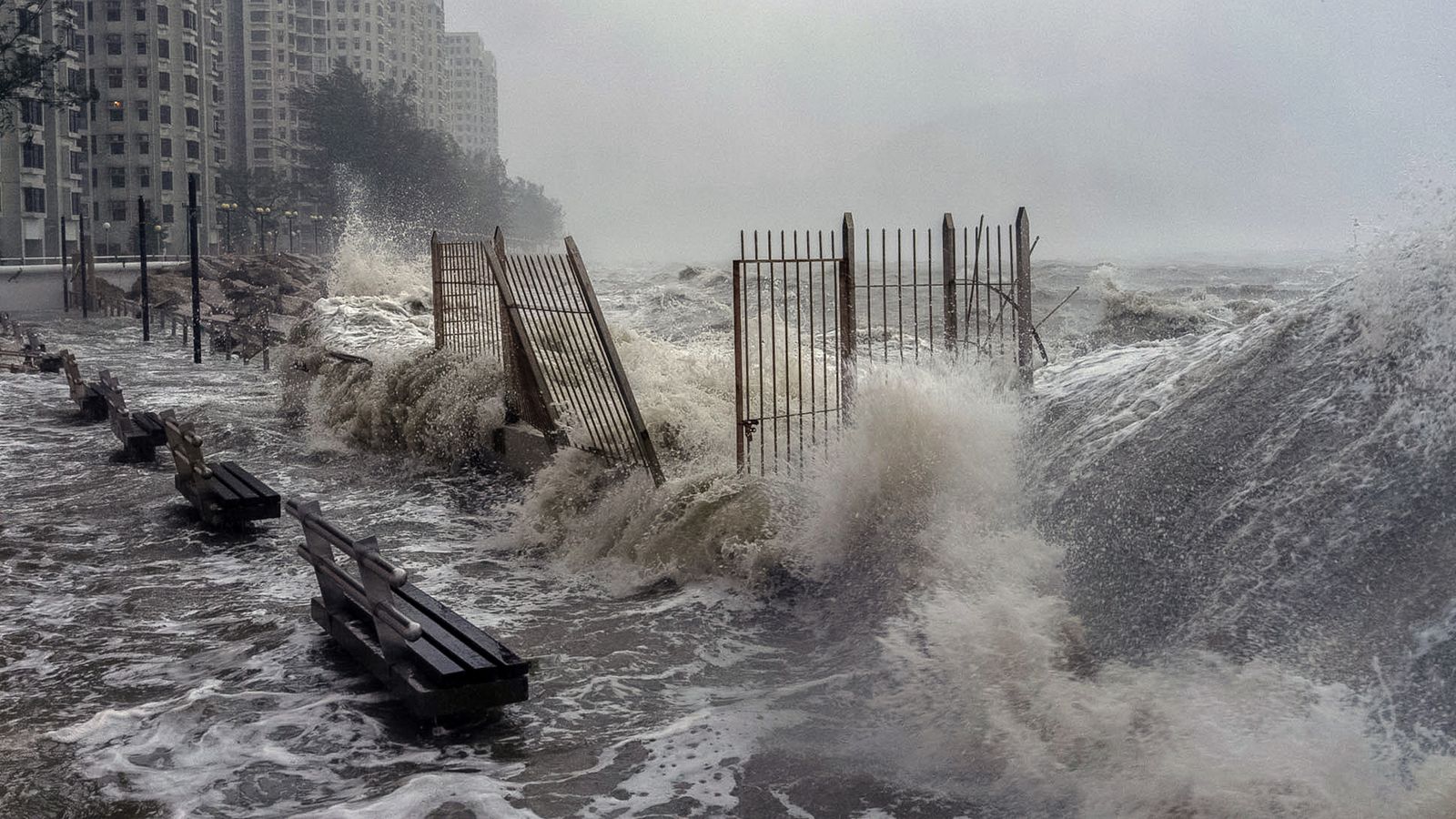 Shani Perera
Travel News
#Cyclone Ragasa
#Guangdong storm damage
#Hong Kong cyclone 2025
#South China flooding
#Ragasa storm impact
Shani Perera
Travel News
#Cyclone Ragasa
#Guangdong storm damage
#Hong Kong cyclone 2025
#South China flooding
#Ragasa storm impact

September 26, 2025
Hong Kong and several cities in China’s southern Guangdong province began reopening on Thursday after Cyclone Ragasa passed through the area. This was one of the strongest storms to hit the region in recent years.
The cyclone hit Hong Kong on Wednesday, prompting authorities to issue the highest typhoon warning. Public transport stopped, schools and businesses closed, and flights were canceled as strong winds and heavy rain battered the city. More than 100 people were reported injured, and widespread flooding hit streets, shops, and even the lobbies of luxury hotels.
Ragasa first affected the northern Philippines and Taiwan earlier in the week, causing at least 14 deaths before moving across the South China Sea. The storm made landfall in the coastal city of Yangjiang in Guangdong province, leading to heavy flooding, downed power lines, and uprooted trees that caused major disruptions. In Shenzhen and Zhuhai, residents dealt with waterlogged streets and serious property damage while municipal workers hurried to clear debris and restore essential services.
At Hong Kong International Airport, operations resumed after a 36-hour shutdown, with flights gradually returning to normal. Emergency crews reported clearing more than a thousand fallen trees and responding to numerous flooding incidents across the territory.
Local businesses are already feeling the economic effects. Shop owners in low-lying areas reported losses totaling hundreds of thousands of yuan due to flood damage to stock and equipment. Many residents shared stories of rushing to buy essentials before the storm, which left supermarket shelves empty and caused produce prices to soar.
Authorities have shifted their focus to recovery, with major cleanup efforts taking place in Hong Kong and Guangdong. Although the region avoided significant fatalities, the cyclone's damage has raised concerns about the increasing severity of storms in Asia as global temperatures rise.
Communities are likely to face weeks of repairs and rebuilding, but officials expressed cautious optimism that key infrastructure and services would soon return to normal.